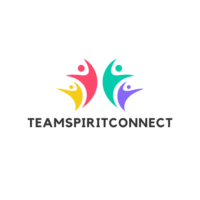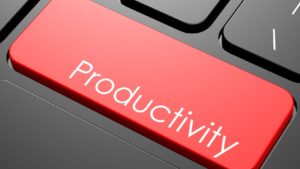Effective time management, prioritization, and strategic planning can transform a hectic workday into a streamlined and successful one. By implementing practical productivity tips, individuals can enhance their performance, reduce stress, and achieve their goals more efficiently. These strategies not only benefit the individual but also contribute to a more dynamic and successful workplace overall.
Whether it’s through optimizing workspace, leveraging technology, or adopting new habits, there’s always room for improvement. Discovering the right techniques can make a significant difference in one’s professional life, leading to greater satisfaction and career growth. Let’s explore some simple yet powerful tips to unlock your full potential at work.
Productivity Tips at Work

Productivity at work involves maximizing output with minimal wasted effort or resources. Organizations view productivity as a measure of efficiency, combining the quality of work and the pace at which it’s completed. Efficient time management and strategic planning are essential for enhancing productivity, enabling employees to achieve targets effectively.
Task prioritization and minimizing distractions further contribute to maintaining a high level of focus. By understanding these core components, individuals can align their actions with workplace goals, fostering a more productive environment. Recognizing the balance between quality and speed is crucial to improving workplace dynamics.
Time Management Strategies
Time management enhances productivity by organizing work effectively. Implementing these strategies helps individuals maximize efficiency at work.
Prioritizing Tasks
Identifying important tasks boosts efficiency. Employees can start by ranking tasks based on deadlines and impact, categorizing them as urgent or essential. Using the Eisenhower Matrix, individuals separate tasks into four quadrants—important, urgent, both, and neither—ensuring focus on what truly matters. This approach reduces stress and enhances overall workplace performance.
Using a Planner
A planner structures daily activities, improving time allocation. Employees benefit by scheduling tasks, noting deadlines, and setting reminders to stay on track. Digital planners or traditional notebooks both help maintain accountability. Incorporating breaks also increases productivity, as brief pauses recharge focus and reduce exhaustion, making the workday more efficient.
Effective Communication Tips
Effective communication enhances workplace productivity by ensuring clarity and fostering collaboration.
- Setting Clear Expectations: Defining roles and responsibilities aligns workplace efforts with goals. Team members understand project scope better by specifying objectives and deadlines. Clear communication mitigates misunderstandings by providing concise feedback, which enhances accountability and minimizes errors.
- Active Listening: Active listening involves focusing on the speaker’s message and responding thoughtfully. It fosters mutual respect and builds trust by demonstrating genuine engagement. Paraphrasing key points confirms understanding, reducing miscommunication and increasing productivity.
- Leveraging Technology: Integrating technology into daily workflows can significantly boost productivity. By utilizing various tools, employees streamline processes and enhance efficiency.
- Productivity Apps: Productivity apps organize tasks, set reminders, and track progress. Trello and Asana offer project management features that enhance team collaboration–organizing tasks and deadlines effectively. Evernote allows users to capture ideas anywhere, ensuring no critical thought is lost.
- Automating Routine Tasks: Automation reduces time spent on repetitive tasks. Tools like Zapier and IFTTT connect various apps, executing tasks automatically and improving operational flow. Automated email filters and scheduling eliminate manual sorting, allowing focus on strategic activities.
Creating a Positive Work Environment
A positive work environment boosts productivity by promoting well-being and collaboration. Implementing strategies to minimize distractions and encourage team collaboration can enhance workplace dynamics.
Minimizing Distractions
A clutter-free workspace promotes focus by reducing visual stimuli. Using noise-canceling headphones can block out background noise in open offices. Setting ‘do not disturb’ periods allows uninterrupted work sessions and lessens interruptions from colleagues or digital notifications.
Encouraging Team Collaboration
Collaboration tools like Slack and Microsoft Teams bridge communication gaps, enabling seamless interaction. Facilitating regular team meetings cultivates a culture of shared knowledge and collective problem-solving. Encouraging open feedback fosters an environment of trust and innovation, enhancing team performance.
Maintaining Work-Life Balance
Achieving productivity at work isn’t just about getting more done; it’s about maintaining a balance that ensures well-being and sustainability. By integrating the strategies discussed, individuals can enhance their efficiency while preserving their mental and physical health.
A balanced approach to productivity not only contributes to personal success but also fosters a positive and dynamic workplace culture. As employees embrace these techniques, they pave the way for continuous improvement and career advancement, ultimately leading to a harmonious work-life equilibrium.



